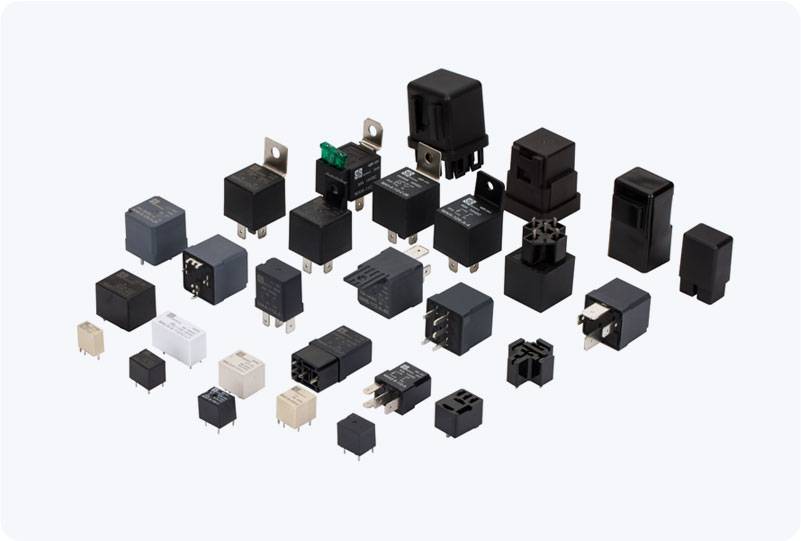exploring the versatility and applications of the dual relay module
Release time:2025-08-28 20:18:50
The Dual Relay Module is an essential component in many electronic and automation projects, providing a versatile solution for controlling high-power devices with low-voltage control signals. It is commonly used in microcontroller-based projects, such as Arduino, Raspberry Pi, and other embedded systems. This article will delve into the features, working principle, applications, and safety considerations of the Dual Relay Module, offering a comprehensive overview for enthusiasts and engineers alike.

What is a Dual Relay Module?
A Dual Relay Module typically contains two independent relays that can switch high-voltage circuits on or off using a low-voltage control signal. This allows microcontrollers, which typically operate at 3.3V or 5V, to control larger, higher-voltage devices such as home appliances, motors, and industrial equipment. The module generally includes opto-isolators, which provide electrical isolation between the control side (low voltage) and the switching side (high voltage), ensuring the safety of the microcontroller.
How Does It Work?
The basic operation of a Dual Relay Module is quite simple, yet powerful. Each relay has two main components: a coil and a switch. When the relay is energized, the coil generates a magnetic field that pulls the switch into the closed position, completing the circuit and allowing current to flow. Conversely, when the coil is de-energized, the switch returns to its open position, cutting off the current flow.

